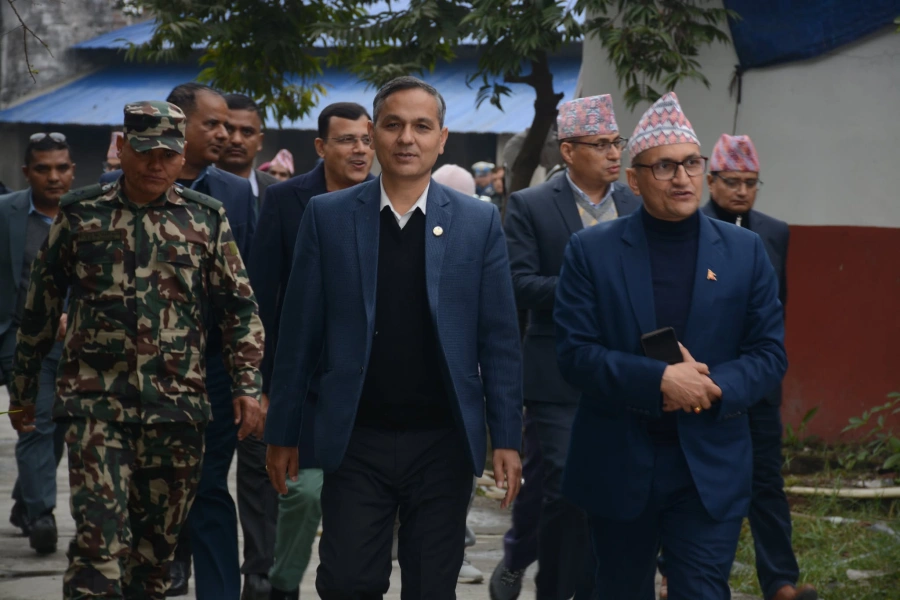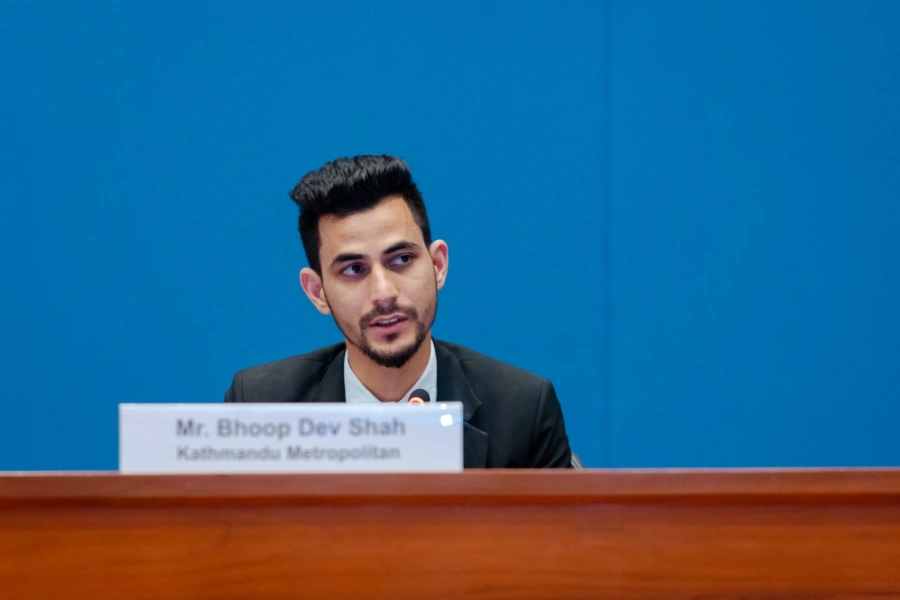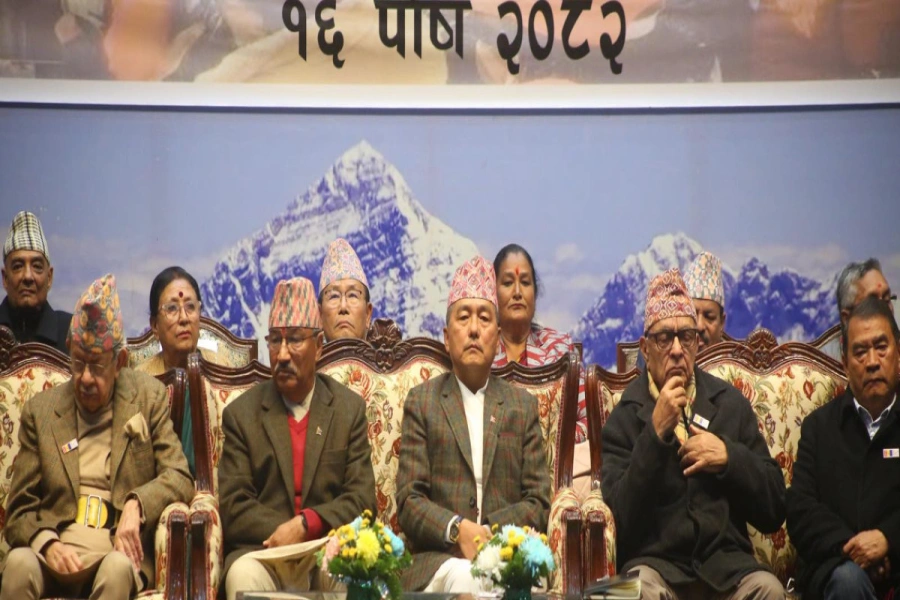The decision by the Pushpa Kamal Dahal ‘Prachanda’ government in Nepal to depict the contested India-Nepal-China tri-junction on its currency notes injects a new challenge into New Delhi's relations with Kathmandu. The border issue had lain dormant for a long time until it flared up in 2020, when India published new maps showing the reorganization of J&K into two Union Territories, in which Kalapani in the tri-junction area was shown on the Indian side. The Indian map triggered street protests in Nepal, which claims this area as part of its territory. Nepal saw it as a unilateral move by India on an unresolved issue. The then K P Oli government published its own map showing the contested territory on the Nepal side, and it was adopted by the Nepali parliament. It is significant that the new move by Nepal has come after Prachanda’s ruling Communist Party of Nepal (Maoist) tied up a new coalition with the Oli-ledNepal Communist Party of Nepal (UML). It has raked up a sensitive issue during a hotly contested election in India. What is also of concern is that Nepal's decision seems to be dismissive of a bilateral agreement that the border issue will be resolved through diplomatic channels.
It is also true that India's diplomatic efforts to resolve the issue are laden with too much political baggage. An anti-India sentiment has reigned in Nepal since 2015, when a Delhi-backed blockade of our landlocked neighbor drove Oli to trade and connectivity pacts with China. The increasing influence of the RSS and other Hindutva groups in Nepal's Terai belt has created suspicions in that country, especially after protests late last year demanding a return to monarchy. Nepal's secular constitutional republic was achieved after a long struggle. A boost to bilateral cooperation on hydroelectric projects in Nepal, with an agreement for purchase of electricity and for the promotion of Lumbini by India as part of the Buddha tourism trail, had injected some energy back into the relationship. But on the Nepal side, it is also noted that India is still to give permission for over flights to and from two Chinese-built airports, and that India’s Agniveer scheme for army recruitment had dealt a death blow to long standing military ties. Further, despite the agreement to resolve the border issue through talks, no meetings have yet taken place on this, perhaps because of the constantly revolving doors of the government in Kathmandu.
Faults of India’s Nepal policy

Whatever the grievances, there has to be a realization that cartographic aggression is not the answer. It is still not too late for Nepal to reverse its decision. After the elections in India, Delhi must put its best foot forward and reach out to all players in Nepal's political class, whatever the ruling mix in Kathmandu at that point, to talk about the border issue. The India-Nepal relationship is unique and neither side benefits from this friction.
Source: Deccan Herald (India)





































